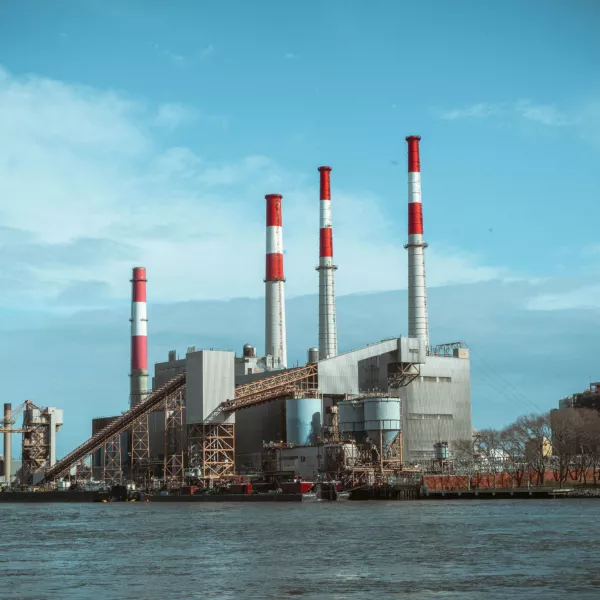Our filtration solutions
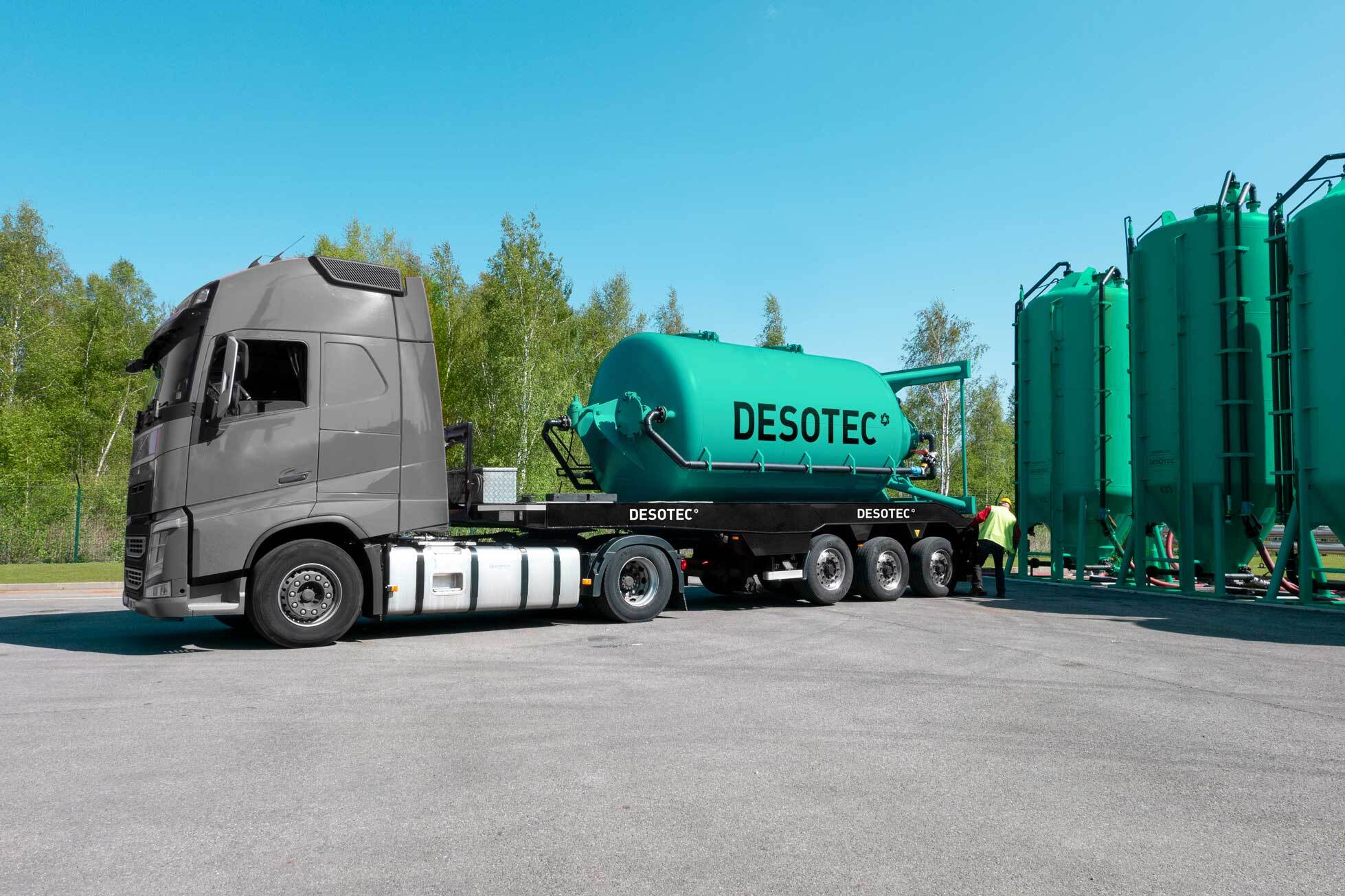
How it works
Filtration as a service
We offer flexible and circular full-service filtration solutions for air, gas, water and liquids. Our mobile activated carbon filters are plug-and-play and modular, adapting to your business requirements. Sustainable filtration waste management is included, and we reactivate most carbon to close the loop and cut our carbon footprint.
Our filter fleet
Our range of air and water filters caters to all industrial purification needs. Our experts will guide you to the optimal set-up for your unique production parameters and requirements.
| Image | Filter name | Max flow rate (m³/h) Max flow rate (scfm) | Max pressure (bar) Max pressure (PSI) | Max volume (m³) Max volume (gal) | Dimensions (HxWxD) (m) Dimensions (HxWxD) (ft) |
|---|---|---|---|---|---|
|
|
Aircon 2000 PE | 200 - 2.000 | 0,05 | 1,5 | 2,3 x 1,2 x 1,3 |
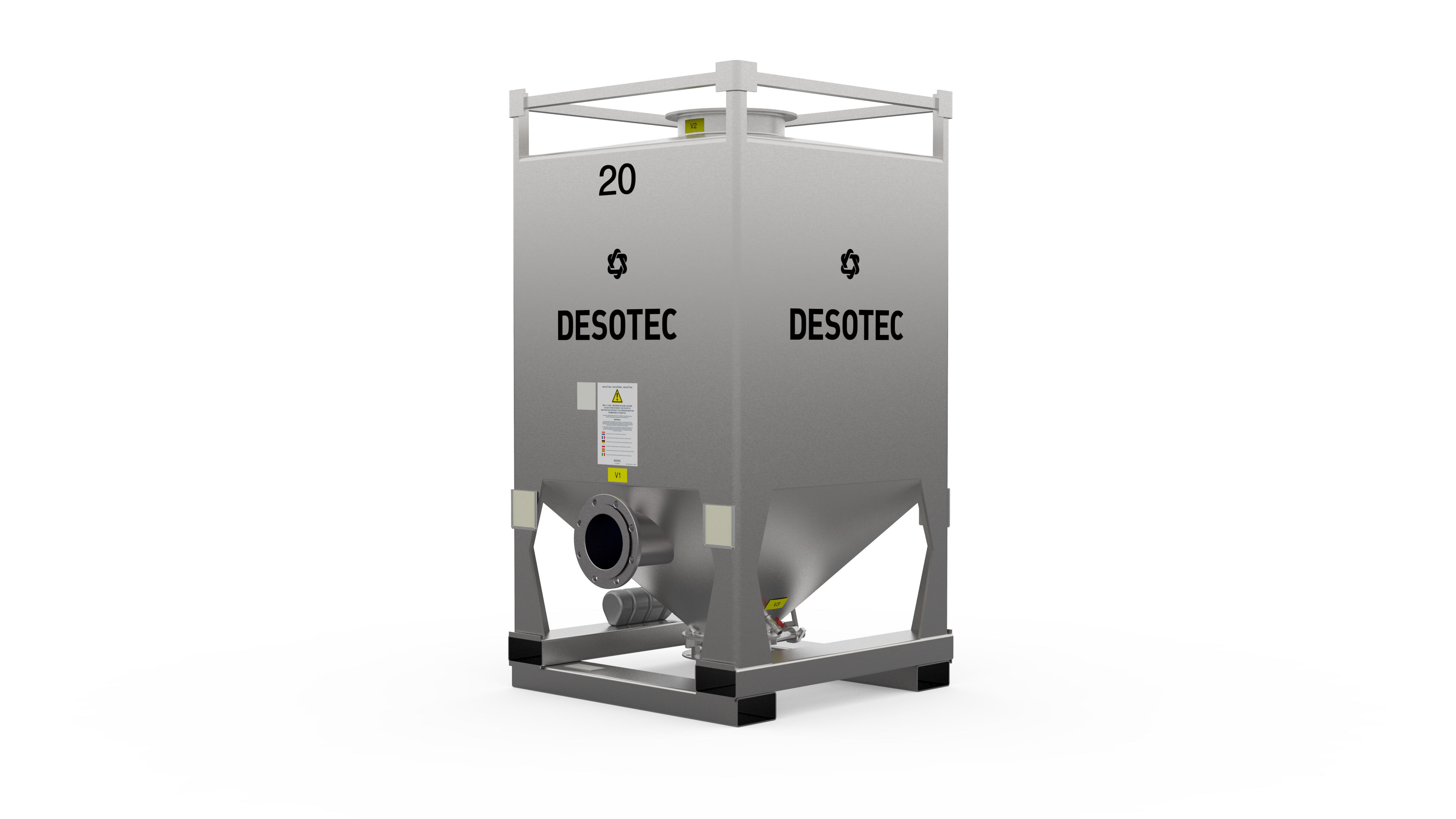
|
Aircon 2000 | 200 - 2.000 | 0,1 | 1,7 | 2,3 x 1,2 x 1,3 |
|
|
Aircon 2000 C | 5 - 650 | 0,1 | 2 | 2,3 x 1,2 x 1,2 |

|
Aircon 2000 LPF | 50 - 2.000 120 - 1,200 | 0,49 14.5 | 2 528 | 2,3 x 1,5 x 1,6 7' 6.5" x 5' 6.9" x 5' 6.9" |
|
|
Aircon 3000 PE | 350 - 3.500 | 0,1 | 2,7 | 2,3 x 1,7 x 1,8 |
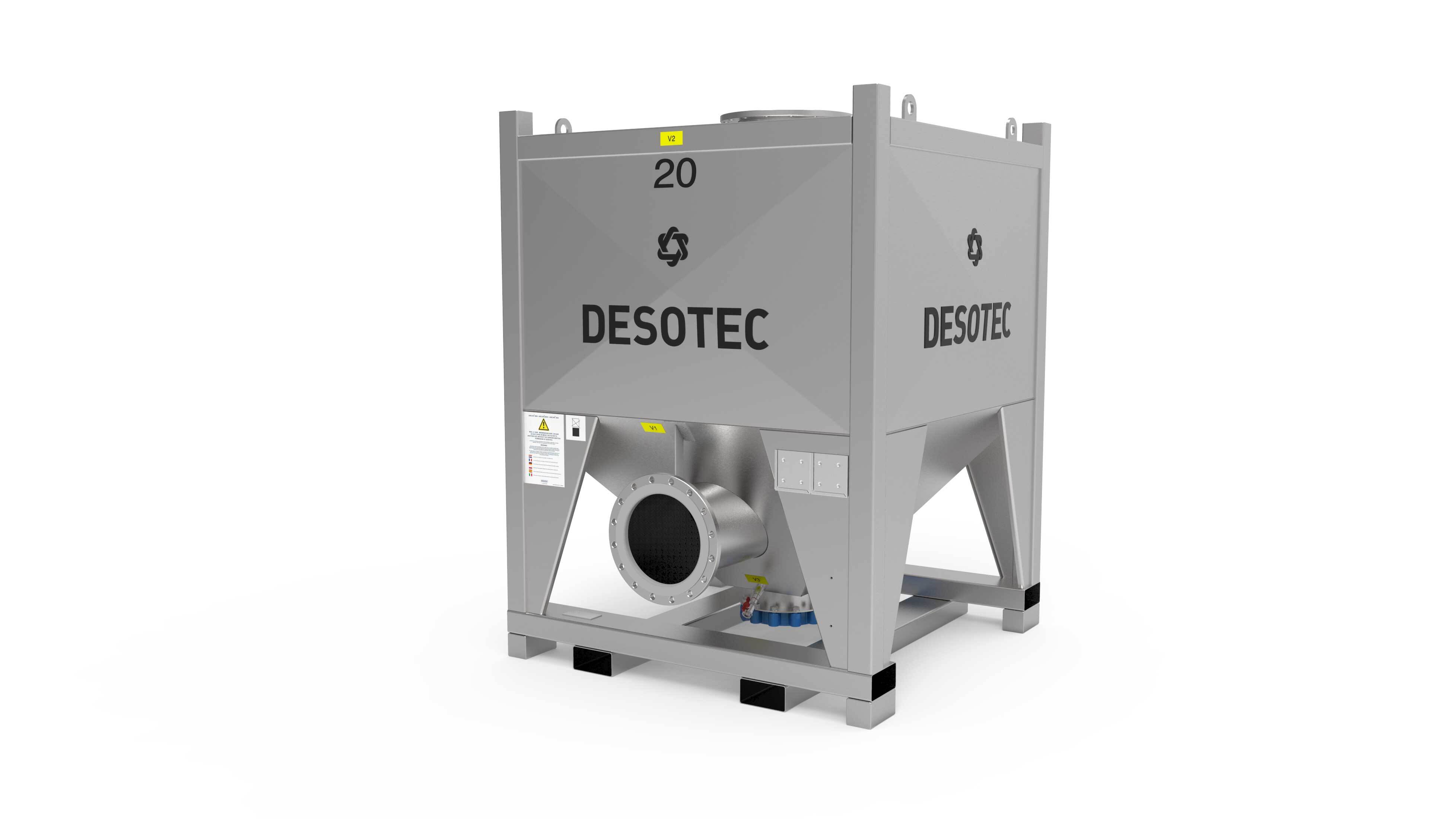
|
Aircon 3000 | 350 - 3.500 | 0,1 | 3 | 2,3 x 1,7 x 1,8 |
|
|
Aircon H | 4.000 - 40.000 23,500 | 0,1 1.5 | 13,5 3,553 | 2,6 x 2,6 x 7,4 8' 6" x 8' 6" x 24' 1.9" |
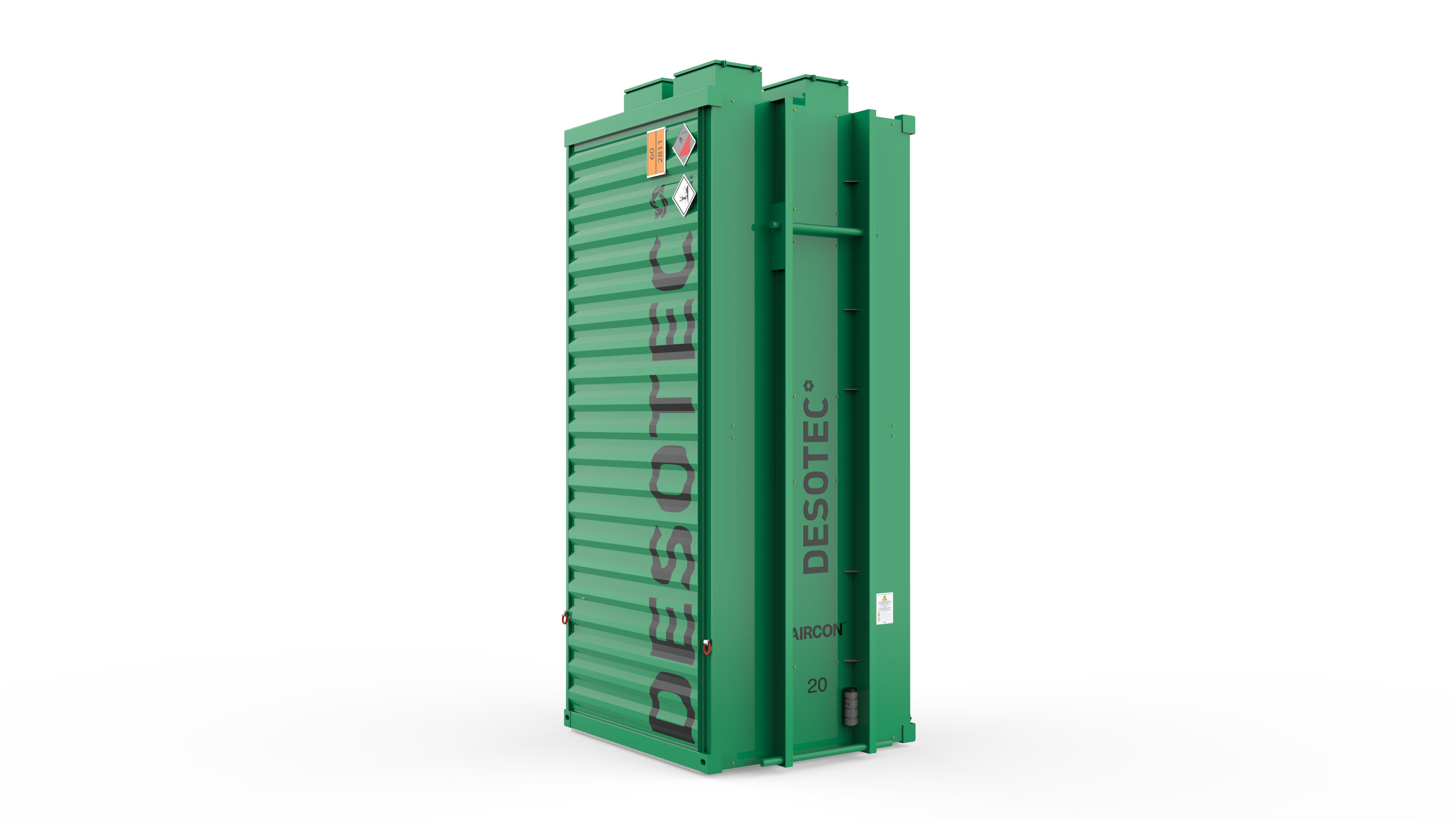
|
Aircon V-L | 4.000 - 40.000 | 0,1 | 15,6 | 6,5 x 2,5 x 2,9 |
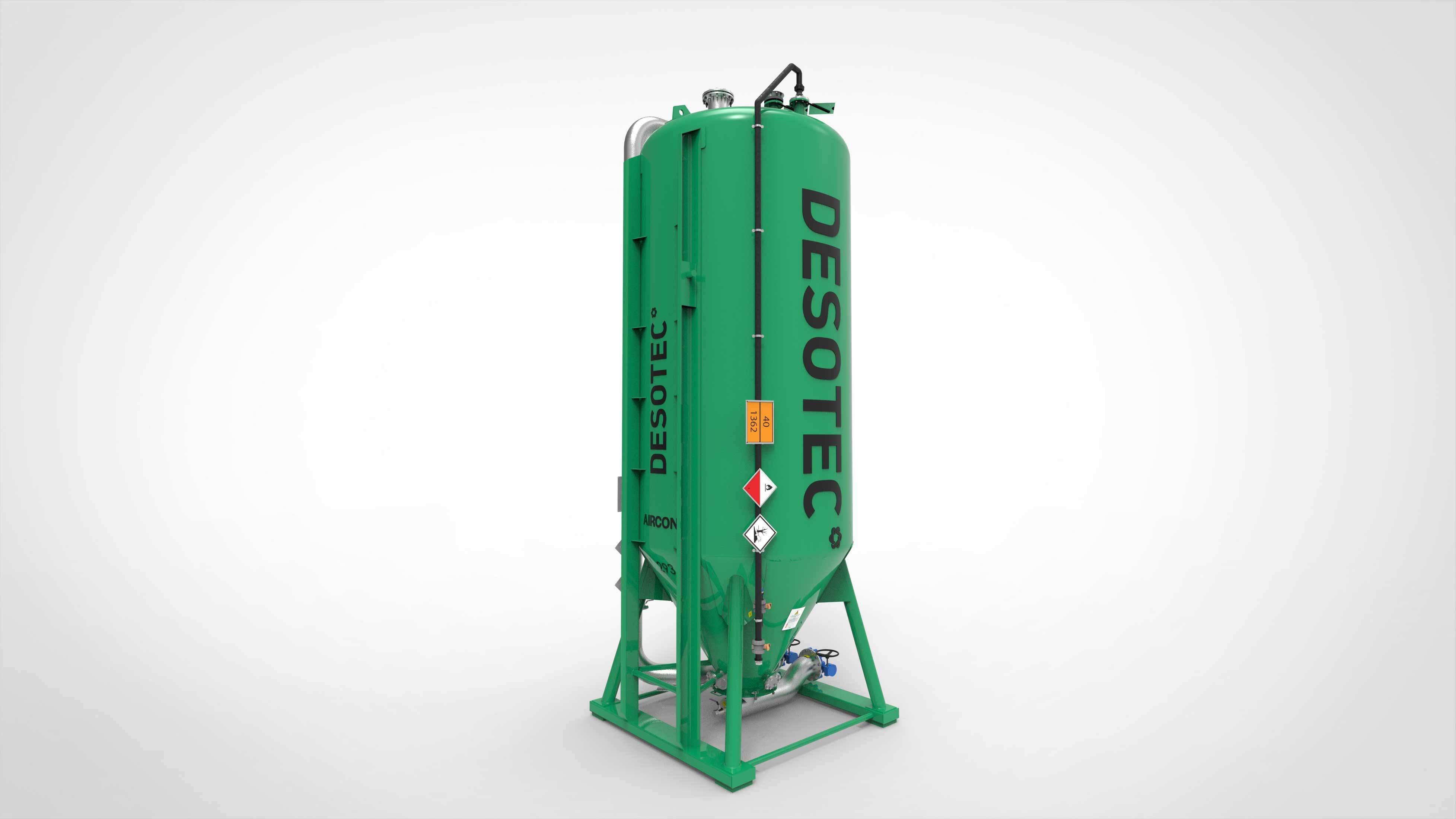
|
Aircon HC | 50 - 4.000 | 0,49 | 20 | 7,6 x 2,6 x 2,6 |
|
|
Aircon HC-XL | 50 - 4.000 | 0,49 | 24 | 8,4 x 2,6 x 2,7 |
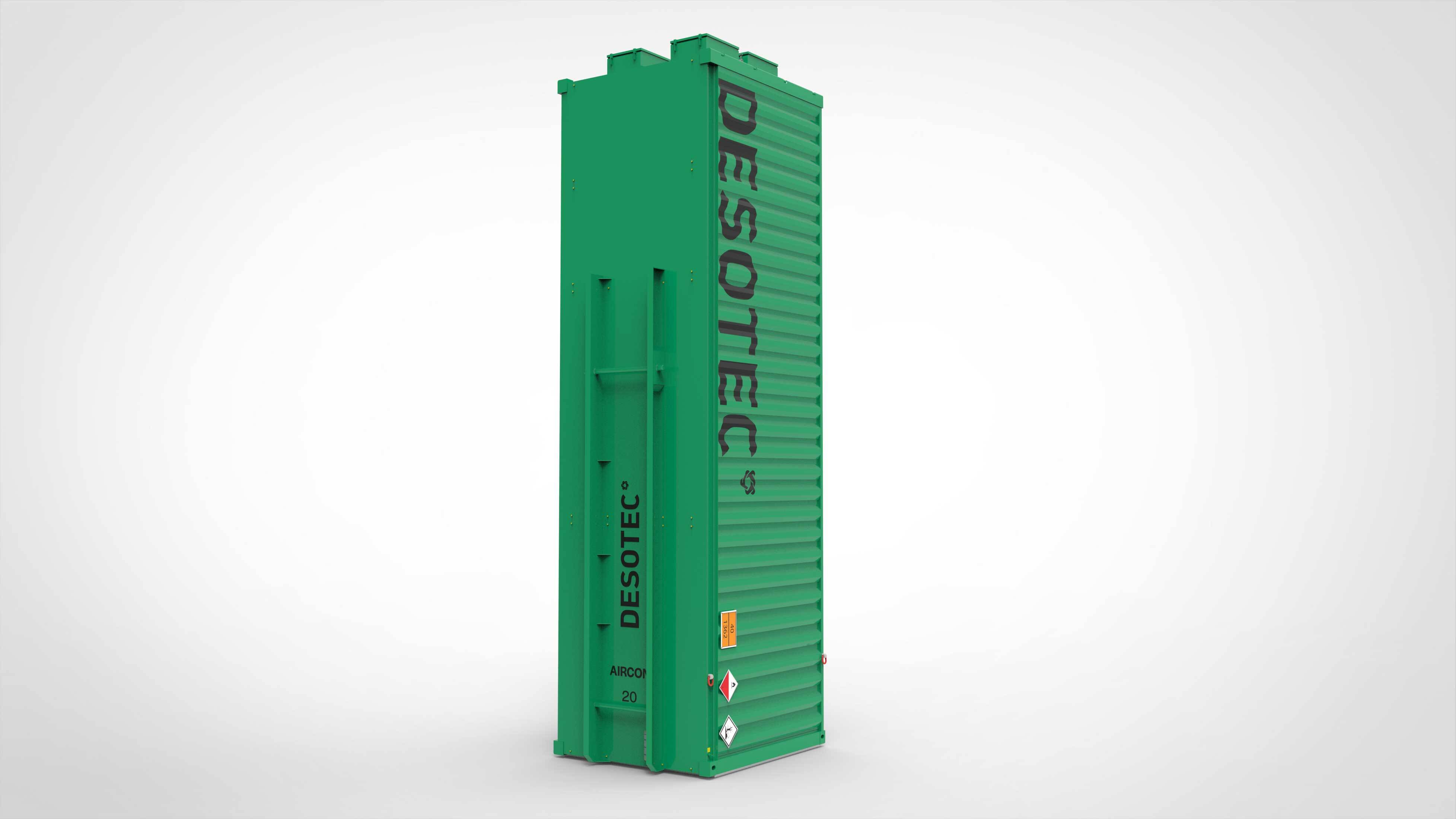
|
Aircon V-XL | 5.500 - 55.000 | 0,1 | 22,1 | 9,1 x 2,5 x 2,9 |
Aircon 2000 PE
Max flow rate (m³/h) Max flow rate (scfm)
200 - 2.000
Max pressure (bar) Max pressure (PSI)
0,05
Max volume (m³) Max volume (gal)
1,5
Dimensions (HxWxD) (m) Dimensions (HxWxD) (ft)
2,3 x 1,2 x 1,3

Aircon 2000
Max flow rate (m³/h) Max flow rate (scfm)
200 - 2.000
Max pressure (bar) Max pressure (PSI)
0,1
Max volume (m³) Max volume (gal)
1,7
Dimensions (HxWxD) (m) Dimensions (HxWxD) (ft)
2,3 x 1,2 x 1,3
Aircon 2000 C
Max flow rate (m³/h) Max flow rate (scfm)
5 - 650
Max pressure (bar) Max pressure (PSI)
0,1
Max volume (m³) Max volume (gal)
2
Dimensions (HxWxD) (m) Dimensions (HxWxD) (ft)
2,3 x 1,2 x 1,2

Aircon 2000 LPF
Max flow rate (m³/h) Max flow rate (scfm)
50 - 2.000 120 - 1,200
Max pressure (bar) Max pressure (PSI)
0,49 14.5
Max volume (m³) Max volume (gal)
2 528
Dimensions (HxWxD) (m) Dimensions (HxWxD) (ft)
2,3 x 1,5 x 1,6 7' 6.5" x 5' 6.9" x 5' 6.9"
Aircon 3000 PE
Max flow rate (m³/h) Max flow rate (scfm)
350 - 3.500
Max pressure (bar) Max pressure (PSI)
0,1
Max volume (m³) Max volume (gal)
2,7
Dimensions (HxWxD) (m) Dimensions (HxWxD) (ft)
2,3 x 1,7 x 1,8

Aircon 3000
Max flow rate (m³/h) Max flow rate (scfm)
350 - 3.500
Max pressure (bar) Max pressure (PSI)
0,1
Max volume (m³) Max volume (gal)
3
Dimensions (HxWxD) (m) Dimensions (HxWxD) (ft)
2,3 x 1,7 x 1,8
Aircon H
Max flow rate (m³/h) Max flow rate (scfm)
4.000 - 40.000 23,500
Max pressure (bar) Max pressure (PSI)
0,1 1.5
Max volume (m³) Max volume (gal)
13,5 3,553
Dimensions (HxWxD) (m) Dimensions (HxWxD) (ft)
2,6 x 2,6 x 7,4 8' 6" x 8' 6" x 24' 1.9"

Aircon V-L
Max flow rate (m³/h) Max flow rate (scfm)
4.000 - 40.000
Max pressure (bar) Max pressure (PSI)
0,1
Max volume (m³) Max volume (gal)
15,6
Dimensions (HxWxD) (m) Dimensions (HxWxD) (ft)
6,5 x 2,5 x 2,9

Aircon HC
Max flow rate (m³/h) Max flow rate (scfm)
50 - 4.000
Max pressure (bar) Max pressure (PSI)
0,49
Max volume (m³) Max volume (gal)
20
Dimensions (HxWxD) (m) Dimensions (HxWxD) (ft)
7,6 x 2,6 x 2,6
Aircon HC-XL
Max flow rate (m³/h) Max flow rate (scfm)
50 - 4.000
Max pressure (bar) Max pressure (PSI)
0,49
Max volume (m³) Max volume (gal)
24
Dimensions (HxWxD) (m) Dimensions (HxWxD) (ft)
8,4 x 2,6 x 2,7

Aircon V-XL
Max flow rate (m³/h) Max flow rate (scfm)
5.500 - 55.000
Max pressure (bar) Max pressure (PSI)
0,1
Max volume (m³) Max volume (gal)
22,1
Dimensions (HxWxD) (m) Dimensions (HxWxD) (ft)
9,1 x 2,5 x 2,9
| Image | Filter name | Max flow rate (m³/h) Max flow rate (gpm) | Max pressure (bar) Max pressure (PSI) | Max volume (m³) Max volume (gal) | Dimensions (HxWxD) (m) Dimensions (HxWxD) (ft) |
|---|---|---|---|---|---|
|
|
Mobicon 1000 C | 12 | 5 | 1 | 2,3 x 1,2 x 1,2 |
|
|
Mobicon 2000 C | 20 | 5 | 2 | 2,3 x 1,7 x 1,7 |
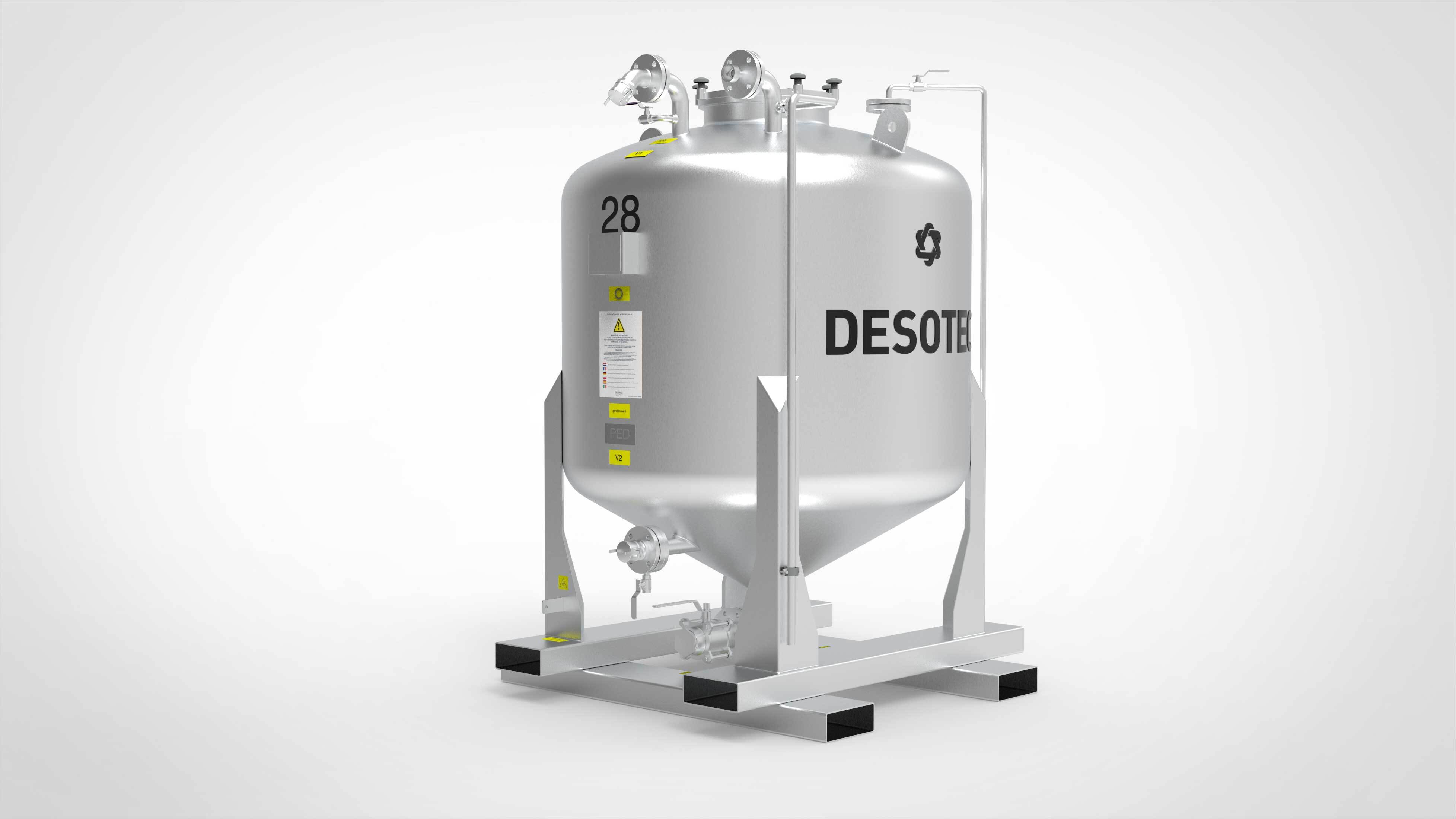
|
Mobicon 2000 FG | 20 | 6 | 2 | 2,3 x 1,6 x 1,6 |
|
|
Mobicon 2000 SI | 20 80 | 6 87 | 2 528 | 2,3 x 1,6 x 1,6 7' 6.5" x 5' 3" x 5' 3" |
|
|
Mobicon 2000 G5 | 20 | 5 | 2 | 2,4 x 1,9 x 1,7 |
|
|
Mobicon | 100 | 3 | 20 | 7,8 x 2,6 x 2,6 |
|
|
Mobicon G5 | 75 | 5 | 18 | 8,9 x 2,5 x 2,7 |

Mobicon 1000 C
Max flow rate (m³/h) Max flow rate (gpm)
12
Max pressure (bar) Max pressure (PSI)
5
Max volume (m³) Max volume (gal)
1
Dimensions (HxWxD) (m) Dimensions (HxWxD) (ft)
2,3 x 1,2 x 1,2
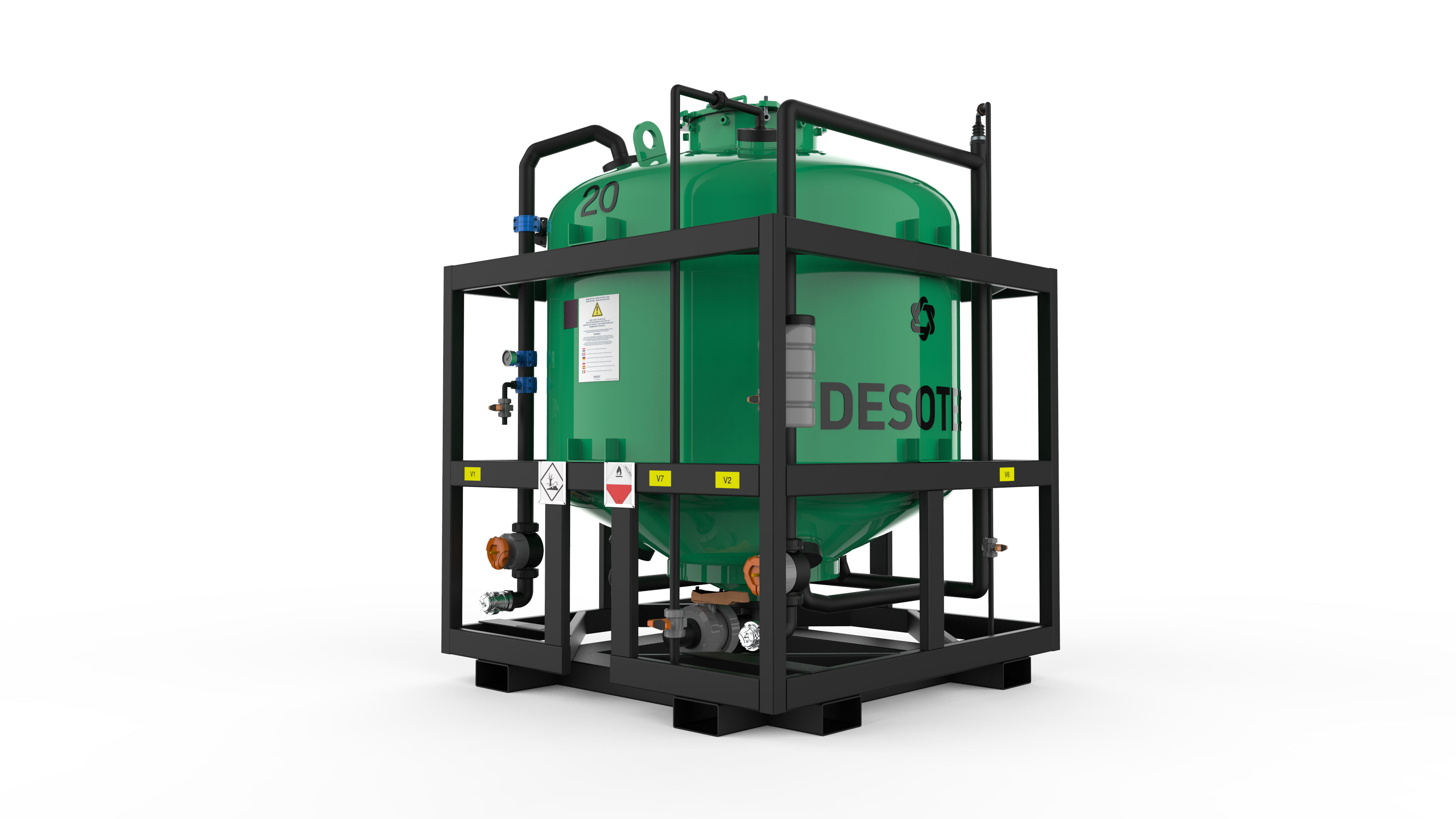
Mobicon 2000 C
Max flow rate (m³/h) Max flow rate (gpm)
20
Max pressure (bar) Max pressure (PSI)
5
Max volume (m³) Max volume (gal)
2
Dimensions (HxWxD) (m) Dimensions (HxWxD) (ft)
2,3 x 1,7 x 1,7

Mobicon 2000 FG
Max flow rate (m³/h) Max flow rate (gpm)
20
Max pressure (bar) Max pressure (PSI)
6
Max volume (m³) Max volume (gal)
2
Dimensions (HxWxD) (m) Dimensions (HxWxD) (ft)
2,3 x 1,6 x 1,6
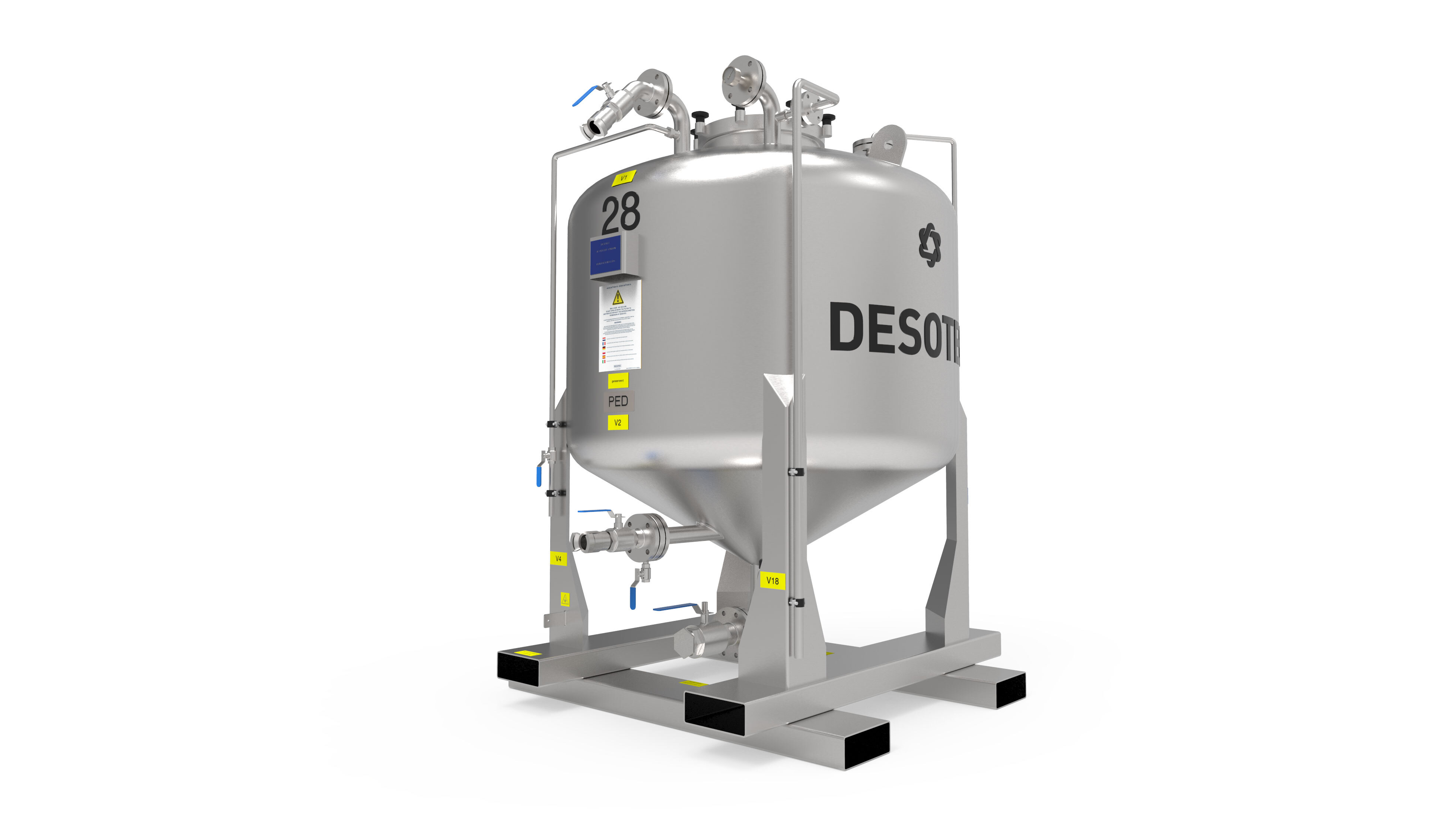
Mobicon 2000 SI
Max flow rate (m³/h) Max flow rate (gpm)
20 80
Max pressure (bar) Max pressure (PSI)
6 87
Max volume (m³) Max volume (gal)
2 528
Dimensions (HxWxD) (m) Dimensions (HxWxD) (ft)
2,3 x 1,6 x 1,6 7' 6.5" x 5' 3" x 5' 3"
Mobicon 2000 G5
Max flow rate (m³/h) Max flow rate (gpm)
20
Max pressure (bar) Max pressure (PSI)
5
Max volume (m³) Max volume (gal)
2
Dimensions (HxWxD) (m) Dimensions (HxWxD) (ft)
2,4 x 1,9 x 1,7
Mobicon
Max flow rate (m³/h) Max flow rate (gpm)
100
Max pressure (bar) Max pressure (PSI)
3
Max volume (m³) Max volume (gal)
20
Dimensions (HxWxD) (m) Dimensions (HxWxD) (ft)
7,8 x 2,6 x 2,6
Mobicon G5
Max flow rate (m³/h) Max flow rate (gpm)
75
Max pressure (bar) Max pressure (PSI)
5
Max volume (m³) Max volume (gal)
18
Dimensions (HxWxD) (m) Dimensions (HxWxD) (ft)
8,9 x 2,5 x 2,7
All DESOTEC Filters are protected by registered community design rights and/or patents.
Get in contact to receive more details about our design rights and/or patents.
Activated carbon
-
Activated carbon purifies air emissions and process gases. Different carbon grades are selected, with pore sizes depending on the size of the molecules that require removal. It is available in extruded (EAC) or granular (GAC) form, and may usually be reactivated after saturation, depending on the components and concentrations involved. For certain applications, we supply it in powdered form (PAC).
Types include:
- Renewable-based and coal-based carbon types.
- Direct steam-activated carbon produced in strictly controlled high temperature furnaces.
- Impregnated steam-activated carbon with specifically selected chemicals for excellent chemisorption capacity.
-
Activated carbon is an effective treatment for many water and liquid applications. Different carbon grades are selected, with pore sizes depending on the size of the molecules that require removal. In granular (GAC) form, reactivation of activated carbon after saturation is usually possible, depending on the components and concentrations involved. For certain applications, we supply it in powdered form (PAC).
Types include:
- Renewable-based and coal-based carbon types.
- Direct steam-activated carbon produced in strictly controlled high temperature furnaces.
- Agglomerated activated carbon made from a pulverised blend of selected grades of coal.
- Acid-washed steam activated carbon, for the purification of water and liquids where low conductivity and ultra-high purity are required.
- Chemically activated carbon, activated at low temperatures with the aid of chemical substances


